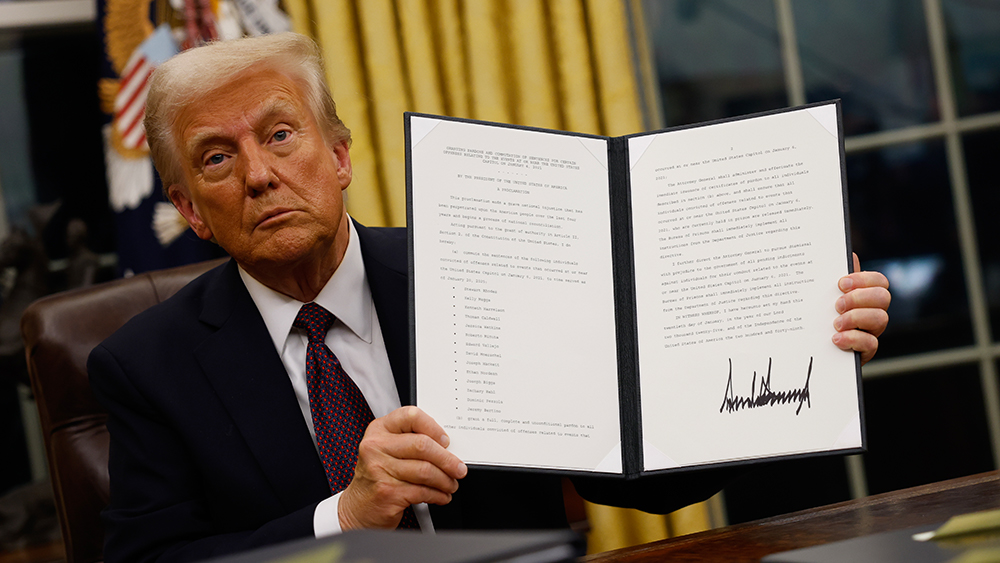
People in developed nations take abundant electricity for granted. When asked where electricity comes from, most will point to their wall outlet. But many states in the U.S. are headed for a serious and prolonged shortage of electrical power not seen in decades, driven by rising demand from the artificial intelligence revolution and mandates to adopt green energy.
(Article by Steve Goreham republished from WashingtonExaminer.com)
For 20 years, U.S. electrical power policy has been dominated by efforts to try to “mitigate” global warming, believed to be caused by human greenhouse gas emissions. In 2021, President Joe Biden called for achieving a 100% carbon-free electric sector by 2035. Twenty-three states have enacted statutes or issued executive orders to achieve net-zero electricity generation by 2050.
Because of net-zero mandates, grid operators spent the last two decades replacing coal-fired power plants with natural gas plants, wind turbines, and solar installations. More than 200 coal plants have been closed, reducing electricity output from coal by almost 60% since 2007. From 2000 to 2023, wind and solar output rose from near zero to a combined 14.1% of production. Over the same period, natural gas rose from 16.2% to 43.1% of power generation.
But grid operators in many states now face an unprecedented ramp in electricity demand.
The forced transition to green energy drives three new sources of power demand. First, 22 states have zero-emissions vehicle mandates, which intend to ban the sale of gasoline cars by 2035. This March, the Environmental Protection Agency finalized regulations to force about 40% of new light vehicles sold by 2030 to be electric. To the extent that electric vehicles are adopted, the grid will need to deliver large amounts of additional power.
Second, cities and counties in seven states have banned gas appliances in new housing, such as New York City. In 2022, ISO New England concluded that a shift from gas appliances to electric appliances in New England would require more new electricity than a shift to EVs.
Third, the U.S. federal government proposes to establish a new green hydrogen fuel industry. Seven billion dollars has been earmarked for “regional hydrogen hubs” to try to stimulate hydrogen production. Green hydrogen is produced by electrolysis of water and uses large amounts of electricity. To produce a single kilogram of hydrogen from electrolysis requires 50 to 55 kilowatt-hours of electricity, which is about double the daily electricity used by a typical U.S. home.
But the electricity needed for the new artificial intelligence revolution will be greater than that needed for EVs, electric appliances, and green hydrogen combined. Amazon, Alphabet, Meta, Microsoft, and dozens of other firms are building massive new multi-acre data centers. In addition to new facilities, servers in the nation’s 2,700 data centers are being upgraded with new high-performance processing cards, boosting power consumption by six to 10 times. Today, data centers use about 4% of U.S. electricity, but the AI revolution is expected to boost that demand to more than 20% of electricity consumption within the next 10 years.
Rapidly rising power demand from the AI revolution, along with EVs, home appliances, and the proposed hydrogen fuel industry, caught U.S. grid operators unprepared. We are now entering a decade in which electricity demand will exceed what can be supplied by a large margin.
The coming power shortage will produce two big economic impacts. First, electrical utilities will cease the premature shutdown of coal, gas, and nuclear power plants. It will be impossible to construct enough new wind and solar generators to provide electricity to meet the new demand for AI data centers, let alone the needs of electric vehicles, electric appliances, and hydrogen electrolyzer.
The second economic impact will be rapidly rising electricity prices, driven by a growing disparity between power demand and supply. Higher prices will reduce the demand for heat pumps endorsed by the green energy movement, which will remain more expensive than natural gas and propane furnaces in cold regions. EVs will be more expensive to charge and public EV charging facilities will struggle to be profitable. Gasoline cars will hold cost advantages for decades to come. Efforts to establish a green hydrogen fuel industry will remain costly and produce only a tiny market.
The biggest impact will be on efforts to transition to a net-zero electrical grid. The coming power shortage will cripple these efforts. It will be impossible to serve both the AI revolution and pursue a transition to wind and solar systems. The green energy transition will be sacrificed in favor of generating enough electrical power.
Read more at: WashingtonExaminer.com
Please contact us for more information.




















